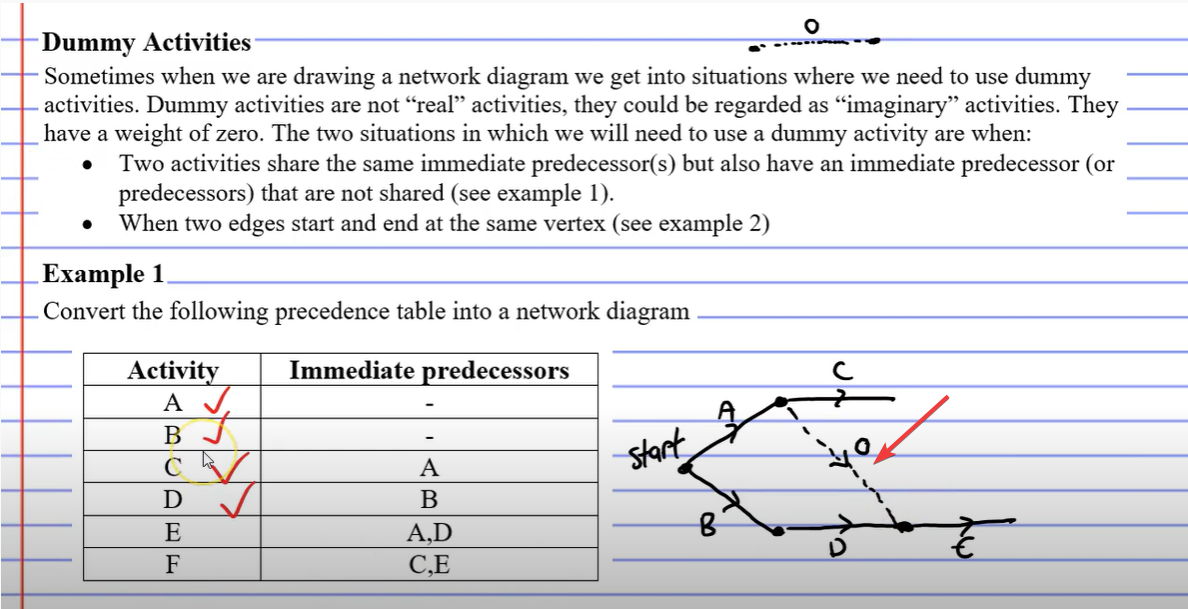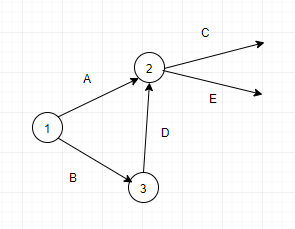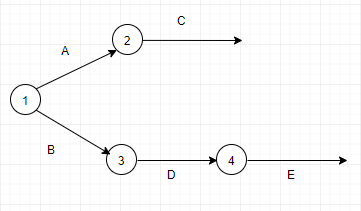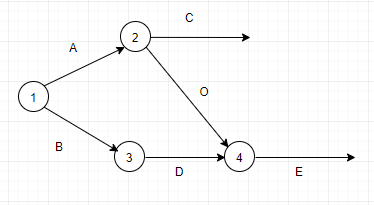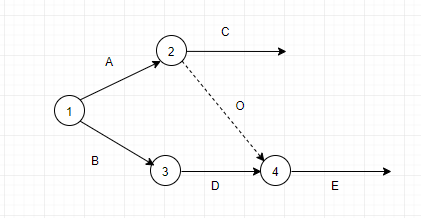Really confused in this. When to use dummy activity exactly? Can someone elaborate with examples. I have been solving a lot of problems related to this and the more I solve new problems, the more confused I get. I have been watching tons of YouTube videos related to this topic and they are getting me even more confused. Please help me here.
For example: In the following figure, why do we need a dummy activity? Why can't we just connect directly instead of putting a dummy activity?
